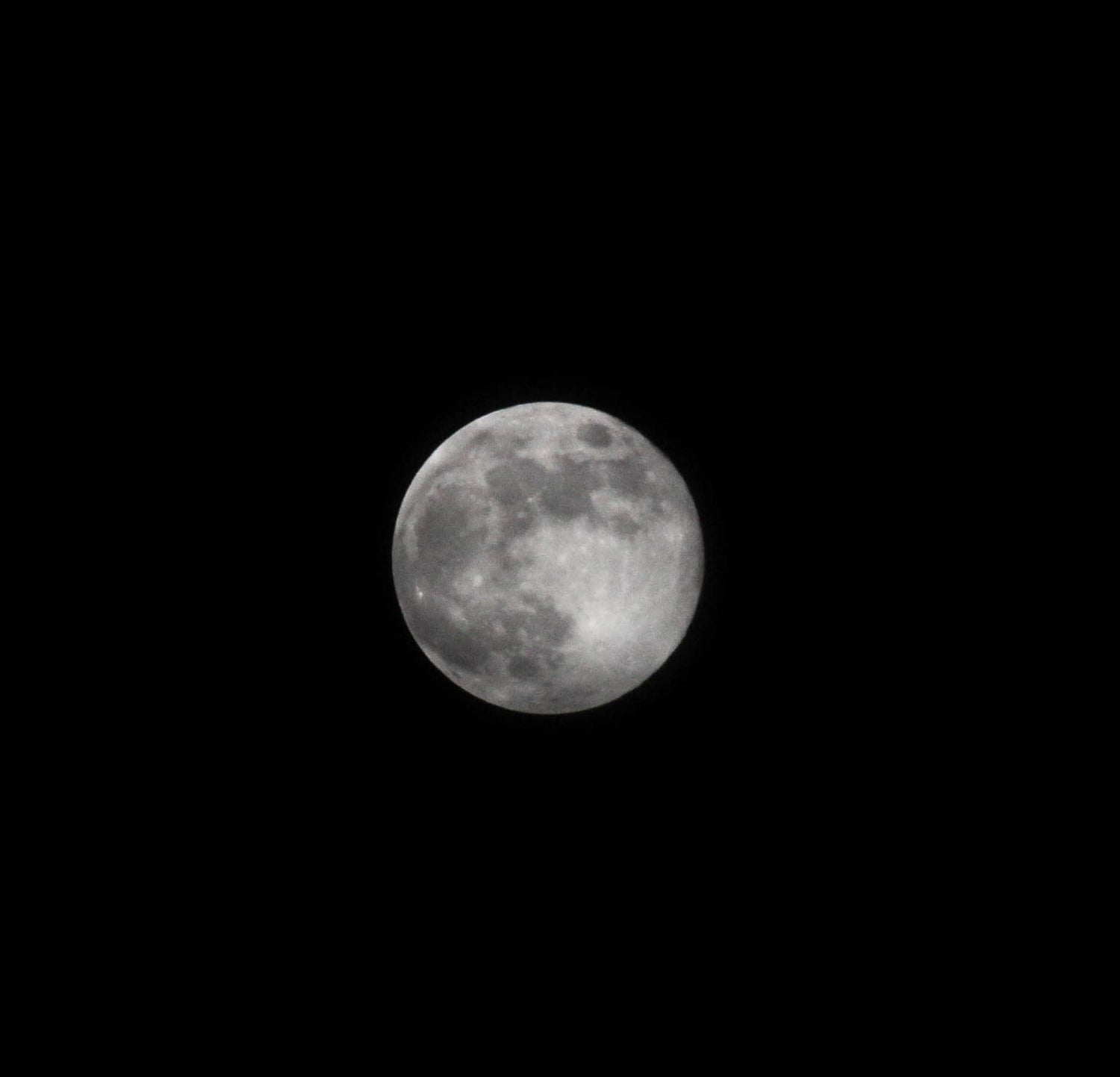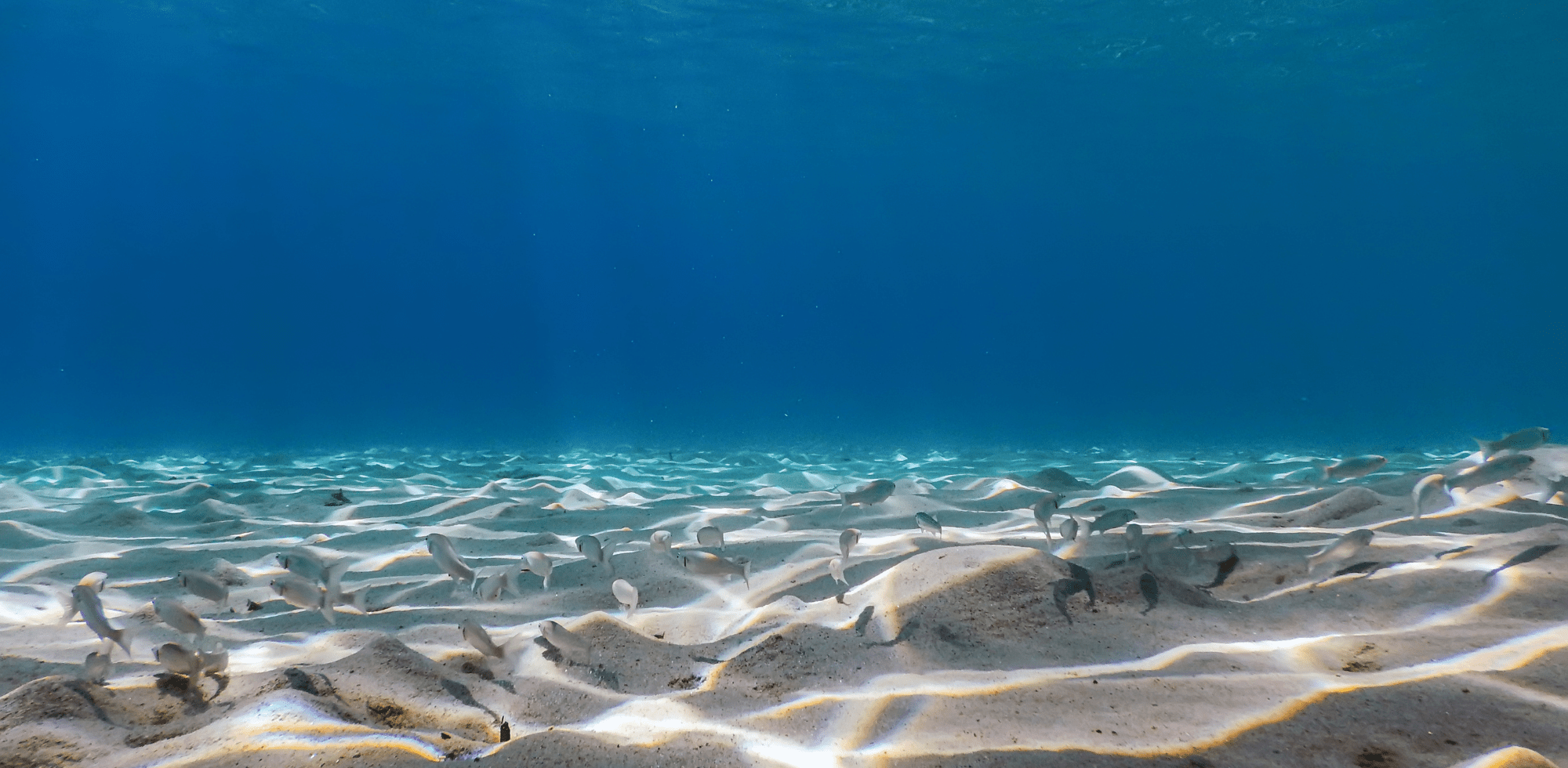Our ancestors and generations before their existence perfected and understood the moon phases and tides. They relied on them, not for a recreational reason, but to survive. There is evidence of this dating back to 2700 BC; the ancient Sumerians portrayed their beliefs via pictograms (One of the earliest forms of writing). I will try not to bore you too much with a history lesson, but I wanted to emphasize the importance of the Solunar and the solar effects in relation to your catch ratio. Before modern civilization came about with our high tech gadgets, the ancient man saw the increase in activity near full and new moons in "all wildlife"; fishermen who lived by the ocean were able to see how the tides were dramatically affected around these crucial periods.

The moon's influence is evident in many instances, the most apparent force being the gravitational and rotational pull that can be observed with the tides. The tide's rise/fall and the influence monitored by the moon's relative position and angle AKA: apogee/perigee. Most evidence from modern experimentations indicates a vast increase in activity when the moon is directly overhead or directly underfoot (opposite of the earth). These periods are referred to as the "Major" and "Minor" periods. How this correlates to you in laymen's terms, with the new and full moon's arrival comes the flood tides. These are periods in which the tides are highest and have the most water movement. More water flowing in the bays and estuaries brings more opportunities for fish to feed. This triggers a fish response to know that there will be "more" food readily available. Therefore their feeding response is heightened. Ok, so now you want to know when the best time to fish might be? The best answer is "when you can," but if you're going to have tremendous success, you must factor in the moon, solunar, weather, and your fishing location.
Optimal conditions to fish would be within a significant period, on a high tide or the beginning of the outgoing at dawn or dusk. The other important part of the equation is location, where the fish travel as the tides move and stage up on the tide. Typically as the water rises, you move closer to shore (Right on the mangroves). As the water recedes, you should move further from the coast and position yourself with water flow and possibly structure. Fish are opportunistic creatures; as long as they feel safe when an easy meal presents itself, you will usually hook up. So get out there and search for "fishy areas." Use the advice mentioned above, and watch your catch ratio thrive. Do you have any tips you would like to share, tips that have helped you land more fish? If so, please be sure to comment.




4 comments
Steph
Wow, that was a lot of helpful information, thank you.
Wow, that was a lot of helpful information, thank you.
sean lange
thanks for the advice…
thanks for the advice…
Joshua
You’re welcome, I hope it helps. :)
You’re welcome, I hope it helps. :)
Joshua
You’re welcome Stephanie, glad to be of assistance. ;)
You’re welcome Stephanie, glad to be of assistance. ;)